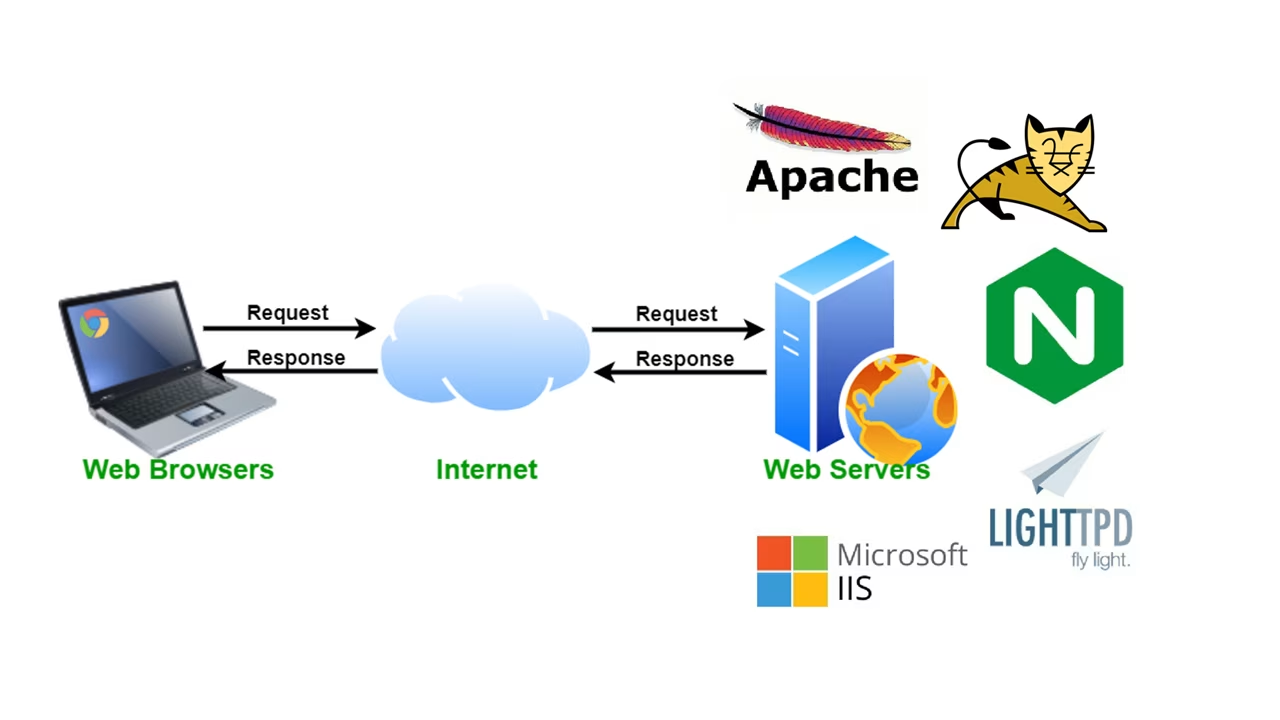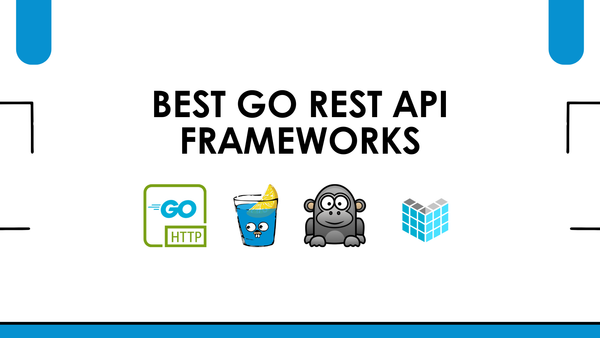Understand Proxies, Reverse Proxies, and Load Balancers

Have you ever wondered how massive websites handle millions of users simultaneously without crashing? Or how they securely transfer your data when directing you to the right server? In this blog post, we’ll delve into the three critical web components that make this possible: proxies, reverse proxies, and load balancers. Whether you’re a developer or simply curious about the inner workings of the internet, we’ll break down these complex concepts into easily digestible pieces.
Understanding the Basics: Proxies
Imagine you’re planning a dinner at a popular restaurant but don’t want to interact directly with the staff. Instead, you have a personal assistant who makes the reservation on your behalf. The restaurant staff never interacts directly with you; they only communicate with your assistant.
In this scenario, you are the laptop browsing the internet, and your personal assistant is a proxy server. A proxy server acts as a middleman between your private network (your laptop) and the public internet. It protects your laptop by filtering traffic and blocking harmful websites or scripts before they reach you.
Benefits of Using a Proxy Server:
- Security: Proxies act as a shield, protecting your private network from malicious content and attacks.
- Privacy: Your IP address is hidden, making it harder for websites to track your online activity.
- Caching: Proxies can store frequently accessed data (like website pages), speeding up future requests.
Forward Proxies:
These proxies sit between your device and the internet, filtering and managing outgoing traffic. They are commonly used in corporate environments to control employee internet access and enhance security.
Reverse Proxies: The Gatekeepers of Your Servers
Now, let’s return to our restaurant analogy. After making a reservation, you arrive at the restaurant and check in at the reception desk. The receptionist directs you to the right table, ensuring you’re seated comfortably.
In this case, the receptionist is a reverse proxy. It sits in front of your restaurant’s internal dining areas (your servers) and manages incoming requests from clients (users). It distributes these requests to the appropriate servers, ensuring efficient resource utilization and optimal performance.
Key Functions of a Reverse Proxy:
- Load Balancing: Distributes incoming traffic across multiple servers, preventing any single server from becoming overloaded.
- Security: Acts as a first line of defense, protecting your servers from direct exposure to the internet.
- SSL Termination: Handles the encryption and decryption of SSL/TLS traffic, offloading this task from your servers.
- Caching: Stores frequently accessed content, reducing server load and improving response times.
Popular Reverse Proxy Examples:
Load Balancing: The Art of Distribution
Load balancing is a crucial aspect of web infrastructure, ensuring that incoming traffic is distributed evenly across multiple servers. This prevents any single server from becoming overwhelmed and ensures optimal performance and availability.
Load Balancing Algorithms:
- Round Robin: Distributes requests sequentially to each server in a predefined order.
- Least Connections: Sends requests to the server with the fewest active connections.
- IP Hash: Routes requests from the same IP address to the same server, maintaining session consistency.
Proxies, Reverse Proxies, and Load Balancers: Working Together
In a typical web infrastructure, proxies, reverse proxies, and load balancers work together seamlessly.
- Cloud Load Balancers: Act as the first point of contact for incoming traffic, distributing it to a pool of servers.
- Reverse Proxies: Sit in front of your servers, handling security, SSL termination, caching, and fine-grained load balancing.
- Forward Proxies: Protect individual users and devices by filtering traffic and enhancing privacy.
Choosing the Right Tools
The specific tools you choose will depend on your needs and infrastructure.
- For small-scale applications: A simple reverse proxy like Nginx might suffice.
- For large-scale, complex applications: A combination of cloud load balancers, reverse proxies, and forward proxies may be necessary.
Conclusion
Understanding the roles of proxies, reverse proxies, and load balancers is essential for building robust, secure, and scalable web applications. By leveraging these tools effectively, you can ensure optimal performance, protect your data, and provide a seamless user experience.



